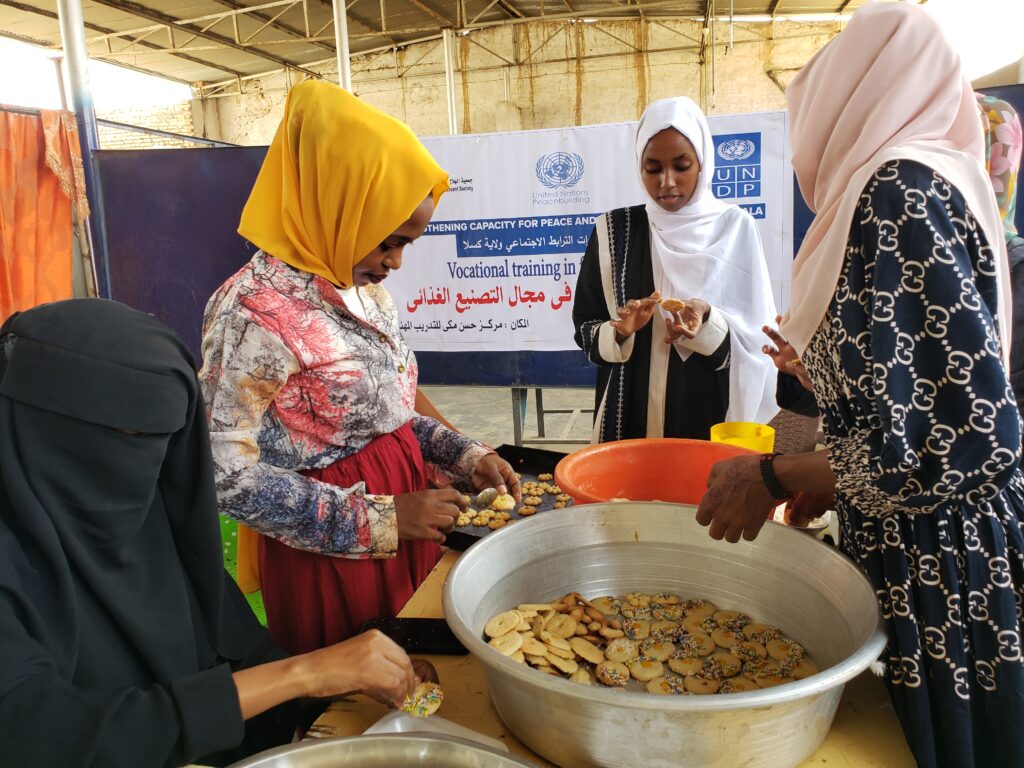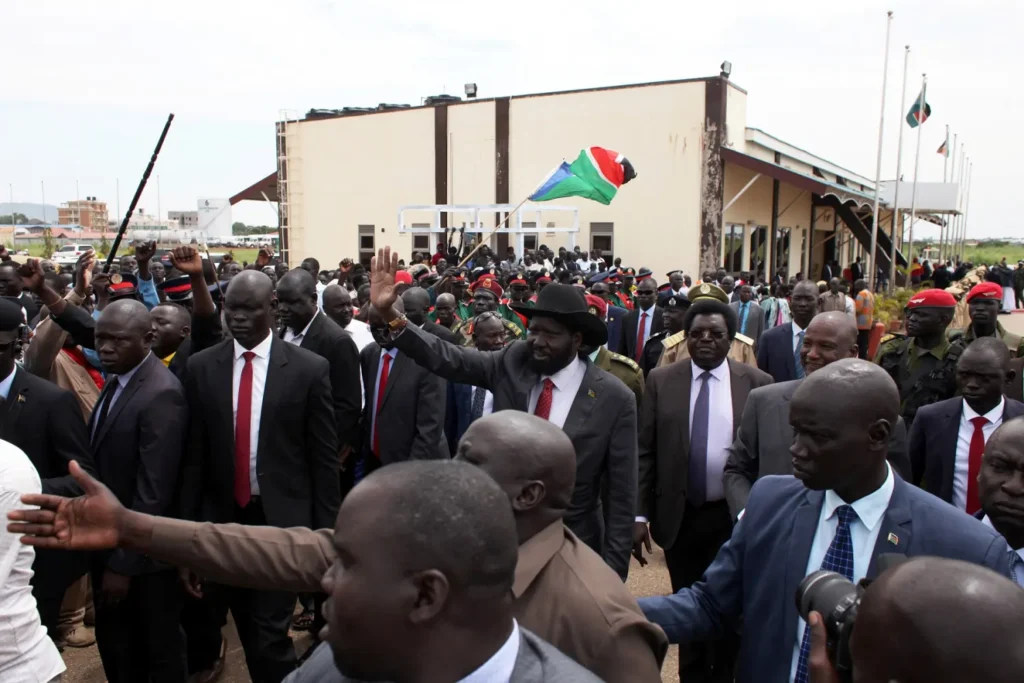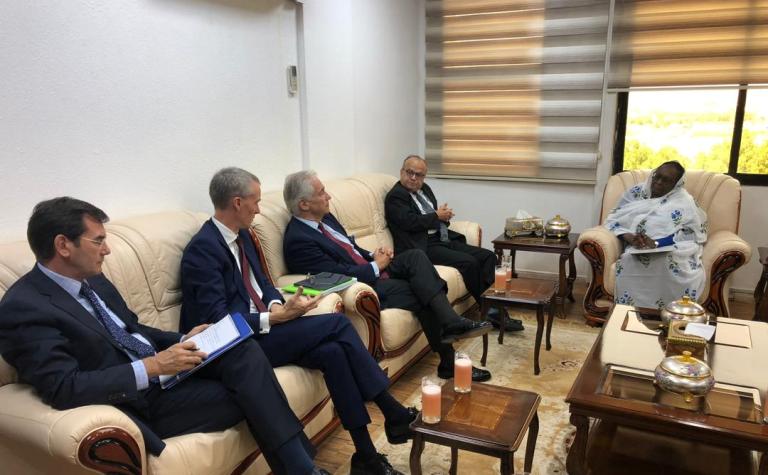
In the heart of the African continent, Sudan stands as a land of diverse landscapes and cultures. As the nation navigates its way through the challenges of the modern world, one significant divide has become increasingly pronounced: the contrast between urban centers and rural villages. This stark dichotomy illuminates the aspirations, dreams, and obstacles faced by individuals on both ends of the spectrum.
In urban areas such as Khartoum, the bustling capital, a rapidly evolving cityscape emerges as a testament to Sudan’s aspirations for modernity. Tall buildings, bustling markets, and vibrant cultural scenes characterize the urban lifestyle. Young professionals, drawn by the promise of better education and job opportunities, flock to these urban hubs with dreams of success and progress. As a result, Khartoum has become a melting pot of cultures, fostering innovation and new perspectives.
However, amidst the glimmer of urban dreams, challenges persist. Skyrocketing living costs and overcrowded neighborhoods create a stark contrast to the picturesque image painted by these dreams. Inadequate infrastructure, including limited access to clean water and sanitation services, leaves a significant portion of the population grappling with daily hardships.
On the flip side, rural villages showcase a different facet of Sudan’s rich tapestry. Scenic landscapes, tightly knit communities, and an intimate connection to nature paint a serene picture. Here, generations have upheld traditional ways of life, preserving customs and practices that have stood the test of time. However, these villages often face limited access to healthcare, education, and economic opportunities, creating a palpable yearning for progress.
For the inhabitants of rural Sudan, aspirations center around basic necessities and improved livelihoods. Access to quality education, adequate healthcare, and reliable infrastructure remains a distant dream for many. Young minds thirst for knowledge, yet the lack of proper facilities and resources impedes their potential. Economic opportunities, particularly for the youth, are limited, leading to the exodus of young villagers in search of better prospects in urban centers.
Efforts to bridge this urban-rural gap are slowly gaining momentum. NGOs and governmental initiatives are working to bring essential services to rural areas, fostering sustainable development and empowering communities. Investments in education, healthcare, and infrastructure are beginning to lay the foundation for a more equitable Sudan.

As Sudan strives for progress, the urban-rural dynamics offer a poignant narrative of a nation in flux. The aspirations and challenges faced by individuals in both urban centers and rural villages underscore the complexity of Sudan’s path toward a brighter future. It is a path that requires collective effort, understanding, and a commitment to honoring the diversity that defines this remarkable nation.
In the end, the story of urban vs. rural Sudan is one of resilience, perseverance, and the unyielding spirit of a people determined to build a better tomorrow, regardless of where they call home.



